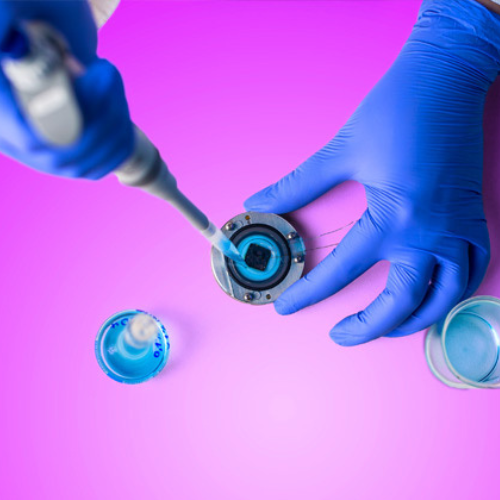New Ablation Technique Improves Safety and Outcomes for AFib Patients
Pulsed-field ablation (PFA) is a novel energy source for ablation of atrial fibrillation (AFib) and is a virtually non-thermal mode of delivering ablation lesions. This has significantly improved the safety profile of AFib ablation and reduced the procedure time. TMH was one of the first centers to employ this technology following FDA approval in the spring of 2024.

“PFA has become the preferred technique for the ablation of AFib due to a reduced risk for damage to the surrounding structures of the heart,” said Venkata Bavikati, MD, an electrophysiologist with TMH Physician Partners, Services by Southern Medical Group. “The risk for damaging the esophagus or the phrenic nerve is significantly lower with this approach compared with cryoablation or radiofrequency ablation.”
PFA has quickly become the first line ablation approach at TMH, which has also enabled the health system to use less fluoroscopy during ablation procedures.
Traditionally, ablation has entailed the use of fluoroscopy in order to effectively navigate heart structures. However, given the concerns regarding radiation exposure, alternatives have been explored.
The approach involves electroporation, or the delivery of rapid, high-voltage pulsed electrical fields to heart tissue, which results in cell membranes becoming permeable, leading to pores in the membrane and cell death (i.e., cardiac ablation).
Pulsed-field strength can be adjusted to destroy only the cardiomyocytes that cause AFib, and not surrounding tissues. Depending on the intensity of the pulsed-field application, the ablation may also be reversible (an approach used for gene or drug insertion into cells) or irreversible, causing pores in the membrane and cell death (used for cardiac ablation in AFib).
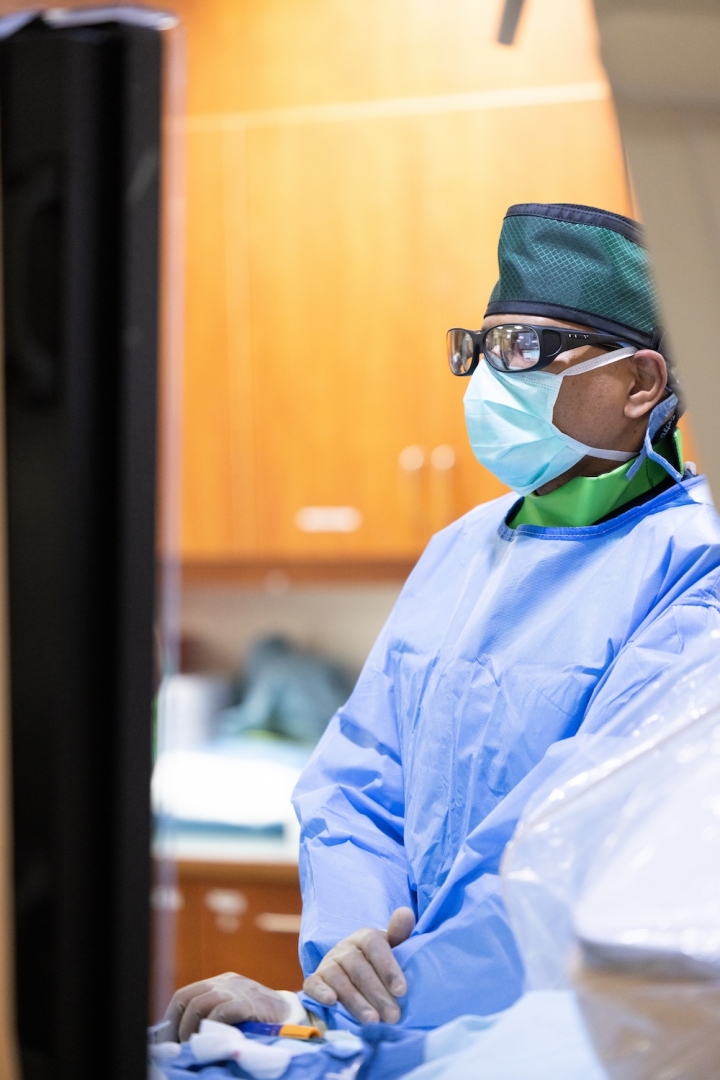 PFA for paroxysmal or persistent AFib has been evaluated in multiple clinical trials, which have collectively enrolled more than 1,200 patients. In the PULSED AF study, for example, PFA efficacy was comparable to that of thermal ablation methods among patients with paroxysmal or persistent AFib, and the novel procedure had a very low incidence of adverse events.1,2
PFA for paroxysmal or persistent AFib has been evaluated in multiple clinical trials, which have collectively enrolled more than 1,200 patients. In the PULSED AF study, for example, PFA efficacy was comparable to that of thermal ablation methods among patients with paroxysmal or persistent AFib, and the novel procedure had a very low incidence of adverse events.1,2
In addition, a real-world survey of more than 17,000 patients at 106 international centers found that 73% of paroxysmal and 58% of persistent AFib patients, respectively, reported no symptoms one year following the procedure, and less than 1% experienced major adverse events.3
Dr. Bavikati is also among a handful of providers nationally using technologies such as intracardial ultrasound and 3D mapping in place of fluoroscopy during PFA. Intracardial ultrasound allows surgeons to access veins and arteries, while 3D mapping assists in navigation. This approach means patients are exposed to lower radiation, and thus are at reduced risk for the complications associated with it.
It also means that staff in the OR are exposed to less potentially harmful radiation, according to Dr. Bavikati. Research has linked intraoperative fluoroscopy with an increased risk for certain forms of cancer among surgeons and nurses.1 To mitigate this risk, staff typically wear lead protective gear during surgery; however, this restricts movement and can lead to long-term back and knee problems and “shorten the careers” of operators and other staff, Dr. Bavikati said.
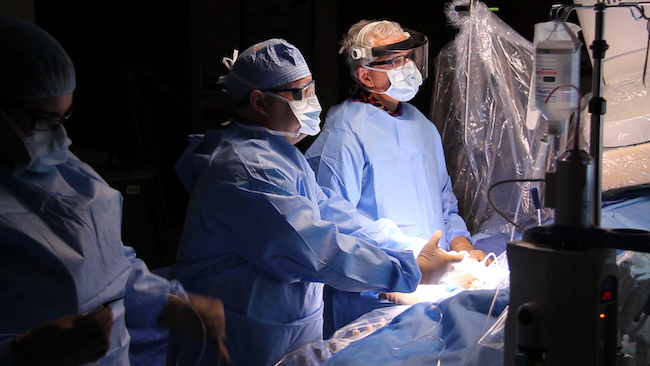
“With most cardiology procedures, historically, we have depended on x-ray to help us visualize veins and arteries as well as the heart structures, and to assist us with catheter placement and other tasks,” he said. “However, the use of x-ray is not without risk. X-ray radiation can have significant effects on patients, from skin irritation to organ damage, and has been linked with skin cancer, among other complications.”
References
- Kim JB, Lee J, Park K. Radiation hazards to vascular surgeon and scrub nurse in mobile fluoroscopy equipped hybrid vascular room. Ann Surg Treat Res. 2017;92(3):156-163.
- Verma A, Haines DE, Boersma LV, et al; PULSED AF Investigators. Pulsed Field Ablation for the Treatment of Atrial Fibrillation: PULSED AF Pivotal Trial. Circulation. 2023;147(19):1422-1432.
- Ekanem E, Neuzil P, Reichlin T, et al. Safety of pulsed field ablation in more than 17,000 patients with atrial fibrillation in the MANIFEST-17K study. Nat Med. 2024 Jul 8. Epub ahead of print.
Our Locations
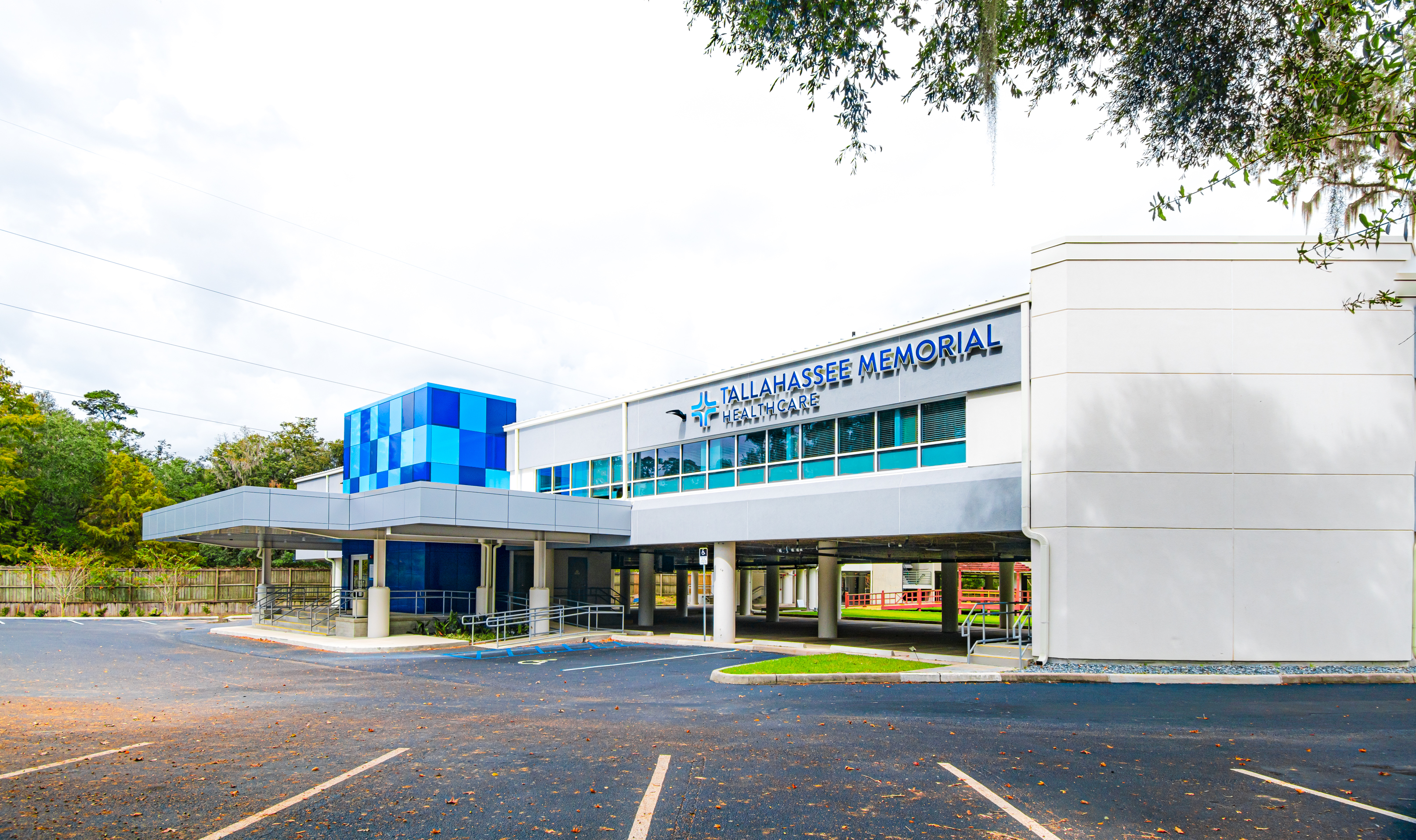
Heart Care +2 more
TMH Physician Partners, Services by Southern Medical Group - Heart Rhythm Clinic
2100 Centerville Road - Tallahassee, FL 32308
